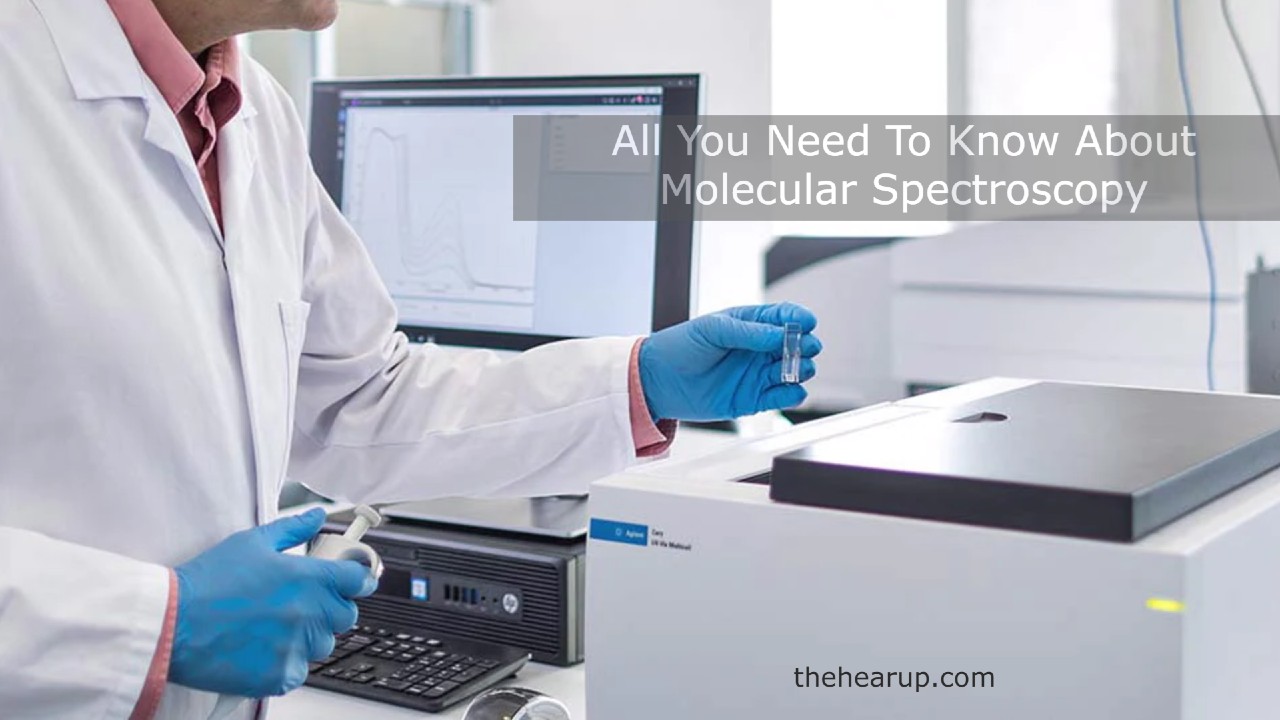Latest News
All You Need To Know About Molecular Spectroscopy

Spectroscopy involves the investigation and measurement of spectra produced due to matter interacting to give off electromagnetic radiation. In other words, it refers to the dispersion of light into component colours. It involves the interactions between molecules and electromagnetic radiation. Therefore that tells you that molecules oscillate from a lower energy level to a higher energy one and back repeatedly. In the process, the molecules absorb and radiate electromagnetic radiation. Here includes everything you need to learn about Molecular Spectroscopy.
Understand the meaning of a Molecule
A molecule is a group of positively charged atoms surrounded by a considerable number of negatively charged electrons. That explains molecular stability since there is a balance between the attractive and repulsive forces of the negatively charged electrons and positively charged nuclei. Moreover, a molecule is also characterized by the resulting energy that emerges from these interacting forces.
Types of Molecular Spectroscopy
The electromagnetic spectrum of a series of wavelengths is produced whenever a matter is exposed to any electromagnetic radiation. As a result, the Molecules will absorb a certain amount of wavelengths to the vibrational, higher electronic, and rotational energy levels. Therefore, the series of wavelengths a given molecule absorbs gives off a distinct molecular spectrum that lies in the specific region of the electromagnetic spectrum. Here are three types of molecular spectra you should know:
- Pure Rotational Spectra
Pure rotational spectra occur when a molecule absorbs the least amount of energy that compels it to transit from one rotational level to the next but within the same vibrational level. It is possible to observe rotational spectra using the spectral region of Far Infrared and Microwaves. Moreover, the energies in these types of spectral regions are very small. That’s why they are referred to as all rotational spectra, the microwave spectra.
- Vibrational Rotational Spectra
Vibrational, rotational spectra occurs when a molecule absorbs sufficient energy that causes the molecule to move from one vibrational level to the next within the same electronic level. However, in this case, both vibrational and rotational transition takes place. That is how you end up with vibrational, rotational spectra. With vibrational spectra, it is easy to observe the spectra in the Near-Infrared Spectral region. That’s called vibrational, rotational spectra, the Infrared spectra.
- Electronic Band Spectra
Lastly, electronic band spectra happen when the radiation’s exciting energy is large enough to aid the successful transition from one electronic level to the next. Both rotational and vibrational level changes accompany this transition. Additionally, a set of closely spaced lines appear for each vibrational transition. These closely spaced lines are known as bands Because the corresponding rotational level changes.
Molecular Spectroscopy primarily involves the excitation of atoms and molecules using photons. They are excited by either resonant vibrations or electronic transitions based on the induced quantum mechanical changes. While vibrational transitions correspond to changes made within the molecular vibrational states, they typically appear in the infrared region. On the other hand, Electronic transitions specifically correspond to changes in the electronic state of the molecules. Moreover, it often appears in the UV-visible region.
Kenneth is a proud native of sydney, born and raised there. However, he pursued his education abroad and studied in Australia. Kenneth has worked as a journalist for almost a decade, making valuable contributions to prominent publications such as Yahoo News and The Verge. Currently, he serves as a journalist for The Hear Up, where he focuses on covering climate and science news. You can reach Kenneth at [email protected].










